That an archaeological site like the cubiculum in Pompeii's House of the Centaur might be left to ruin is indicative of a fundamental problem for Italy: its cultural heritage is too large.
Finding the funds to maintain and support such a rich patrimony is a challenge for local councils and tourism boards across country. But that could be about to change thanks to a new non-profit organization called LoveItaly.
LoveItaly is a crowdfunding platform, curated by a cross disciplinary group of experts. It is seeking to raise money for restoration projects on neglected Italian treasures from history buffs and Italophiles around the globe.
One of its first projects will be the ambitious restoration of the crumbling, second-century BC bedroom in the House of the Centaur at Pompeii. However, before work can commence the organization needs to come up with the €53,000 archaeologists at Pompeii have quoted for the restoration.
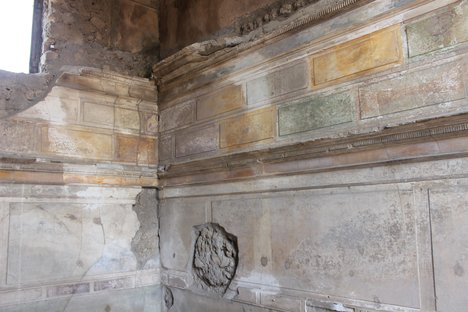
State of disrepair: the crumbling interior of the bedroom in the Domus of the Centaur Photo: LoveItaly
So where might the cash come from?
Through its website, LoveItaly is asking people to donate upwards of €2, money which will be used to preserve Italy's cultural heritage for future generations.
Noble ambitions aside, many would argue that Italy's ruins already receive millions of euros in funding from private companies, EU taxes and tourist money each year.
“Unfortunately, Italian cultural heritage hasn't been managed in the right way,” Dr. Richard Hodges, an archaeology professor and LoveItaly president said.
LoveItaly, which believes in maximum transparency, hopes to change the management of Italy's cultural resources by working closely with young university students and innovative entrepreneurs when carrying out projects.
If crowdfunding can raise the funds to carry out restoration projects like the one it has planned for Pompeii, Hodges believes it could reap huge benefits for the Italian economy.
In 2012 Rome was the 12th most visited city in the world, while Frankfurt was ranked 8th in spite of possessing a mere fraction of the history that the Italian city can offer tourists.
“We need to exploit Italian cultural heritage by investing resources like money and young people into it to be sure that it lasts forever.
“Culture is Italy's infinite oil reserve – one that [Russian President] Vladimir Putin would be all too happy to have.”

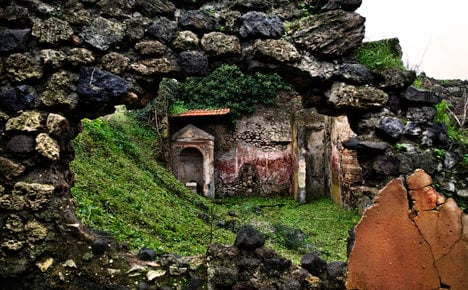

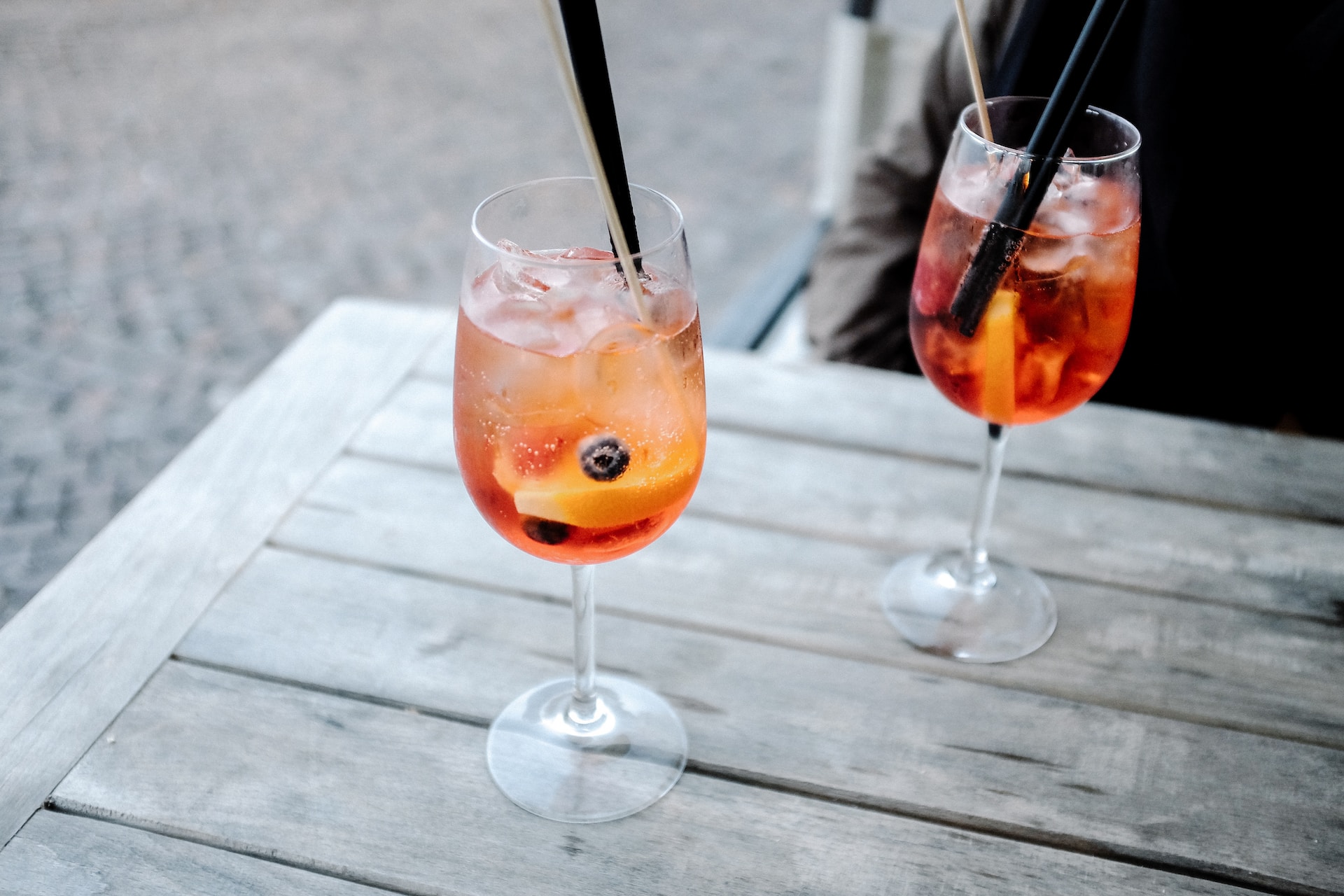

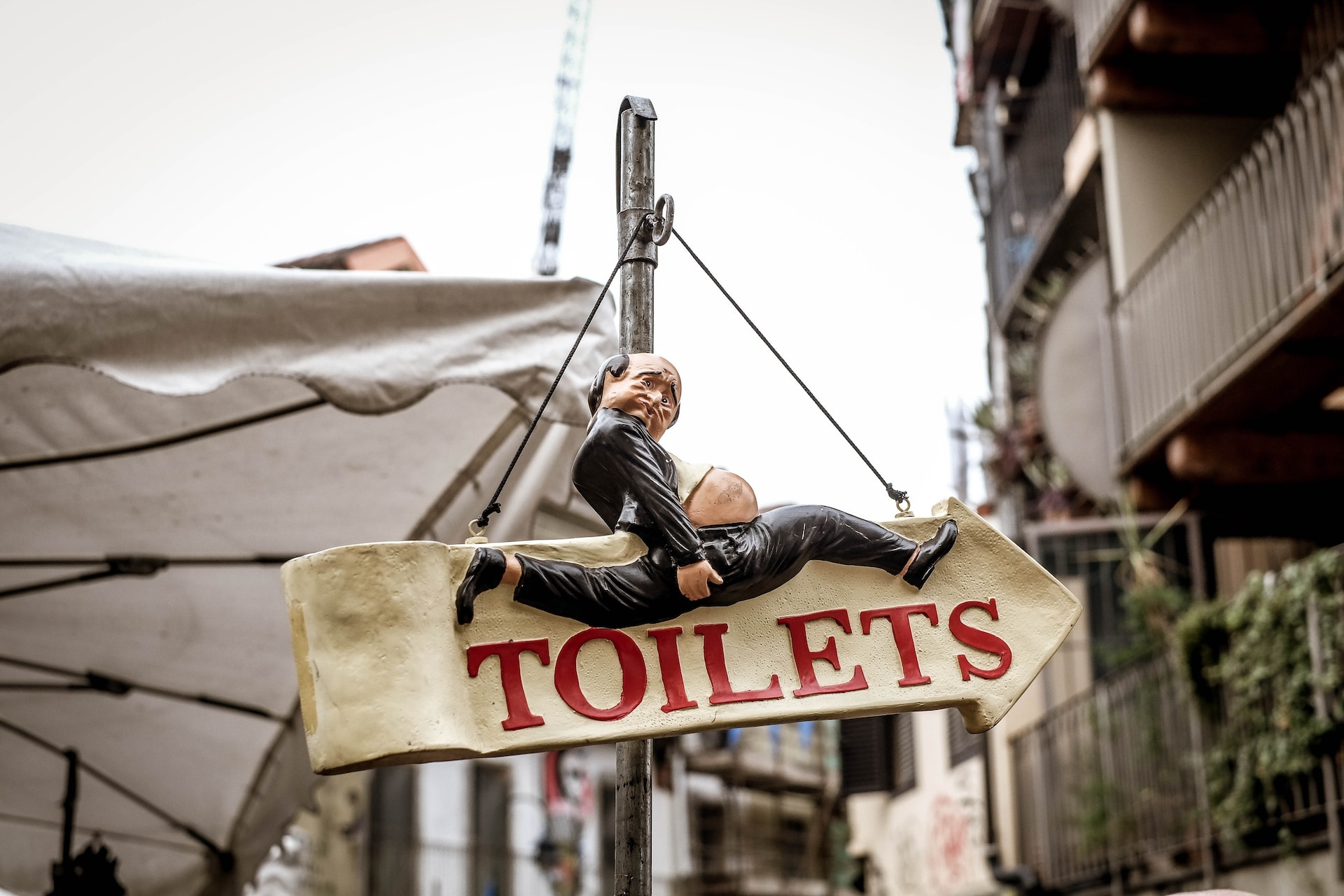
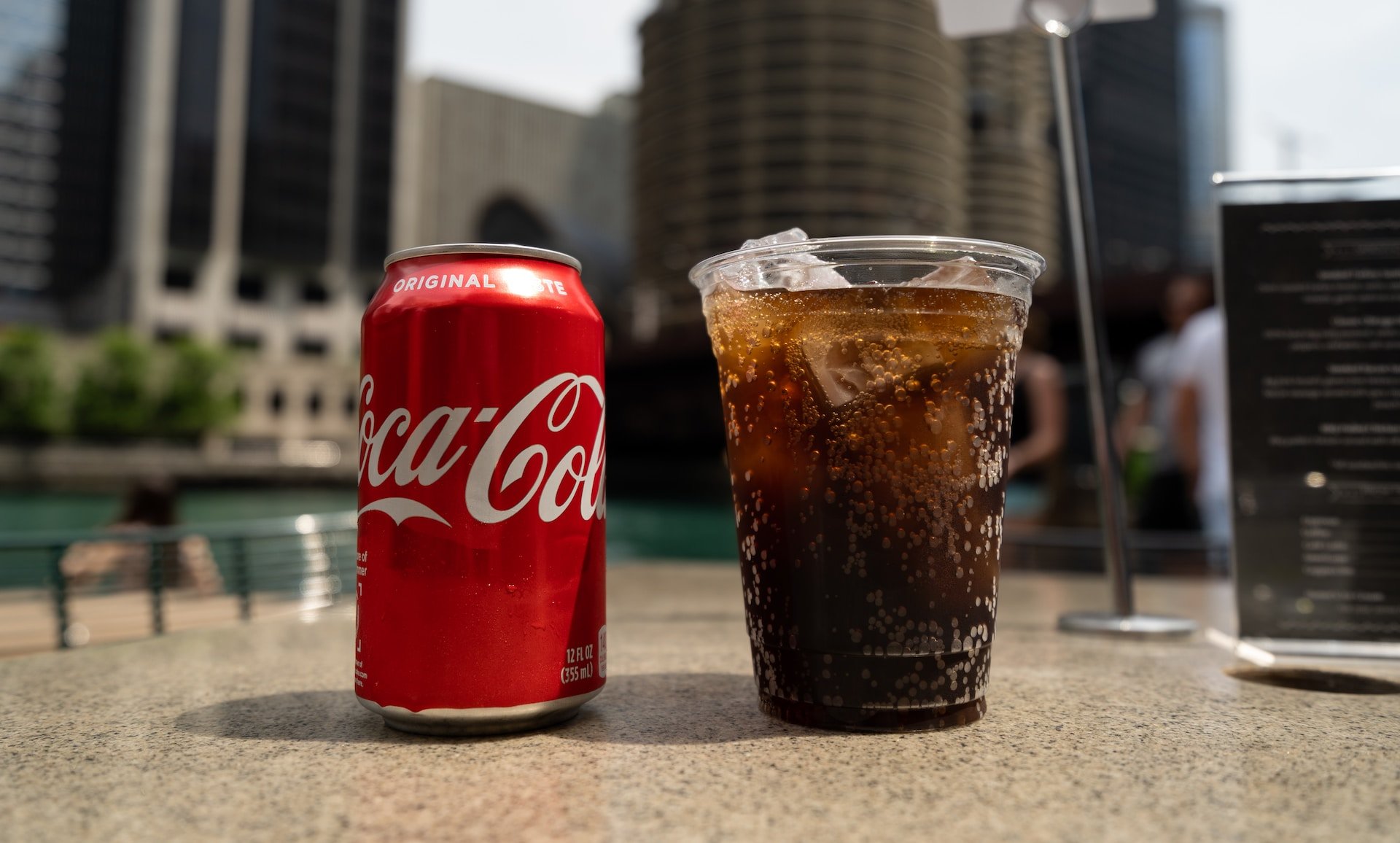
 Please whitelist us to continue reading.
Please whitelist us to continue reading.
Member comments